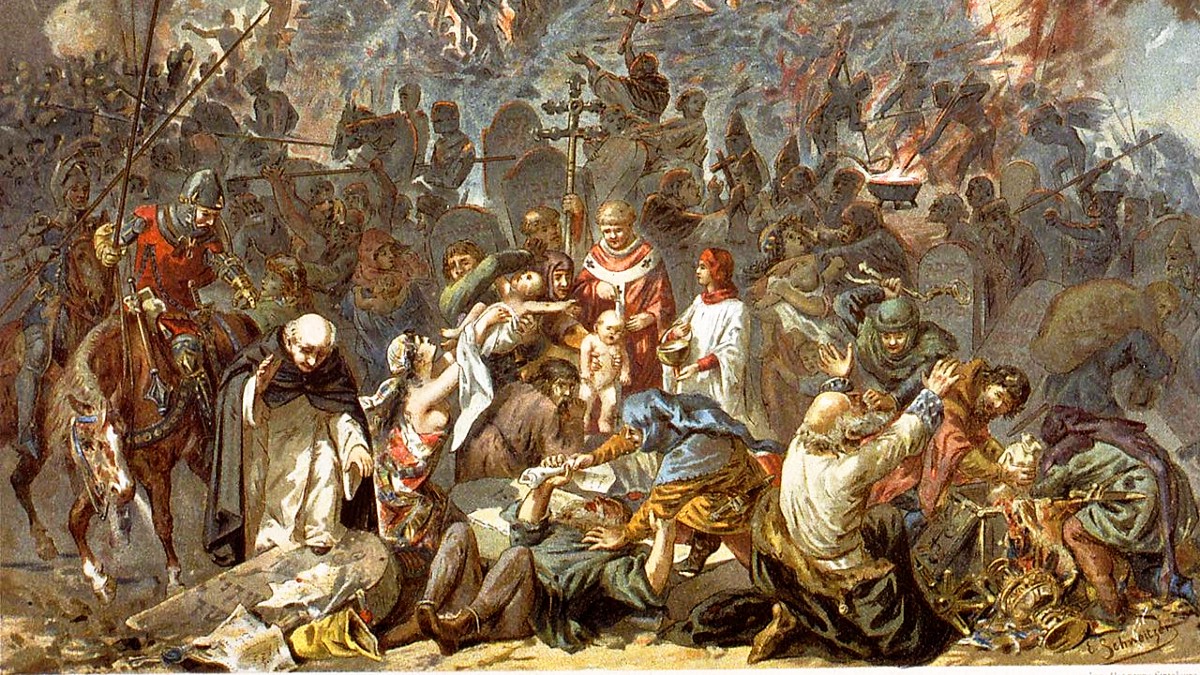As the Romans replaced the Seleucids as foreign overlords of the Jewish lands, Pompey liberated the areas the Hasmoneans had conquered and made the areas with Jewish majorities a client state (civitas stipendiaria) of Rome. In the mid-fifties the Roman governor of Syria divided Judea into five subareas (synhedria, or “councils”).
In 47 B.C. Julius Caesar reversed this trend, reunited Judean territory, and gave the governship to Antipater, a convert to Judaism from one of the neighboring areas that the Hasmoneans had conquered. Rivalry and civil war between the last of the Hasmoneans and the family of Antipater were complicated by a Parthian invasion and culminated when the Roman Senate made Herod king of Judea. In 37, with the help of troops sent by Mark Antony, Herod was able to take Jerusalem. He survived the collapse of Mark Antony after Actium by serving Augustus obediently.
Herod was a thorough realist; he believed the Jews could survive only by reconciling themselves to living within the Roman Empire. He built cities in Judea with splendid public buildings; he created a major new seaport at Caesarea, the provincial capital of Judea, patronized Greek artists and writers, and sponsored musical and athletic contests, to which non-Jews were invited as guests. He also began a cult of himself in the non- Jewish areas. Among Jews he represented himself as descended from the line of David and as the restorer of the ancient glory of the kingdom. To that end he rebuilt the Temple on a grander scale than ever before.

